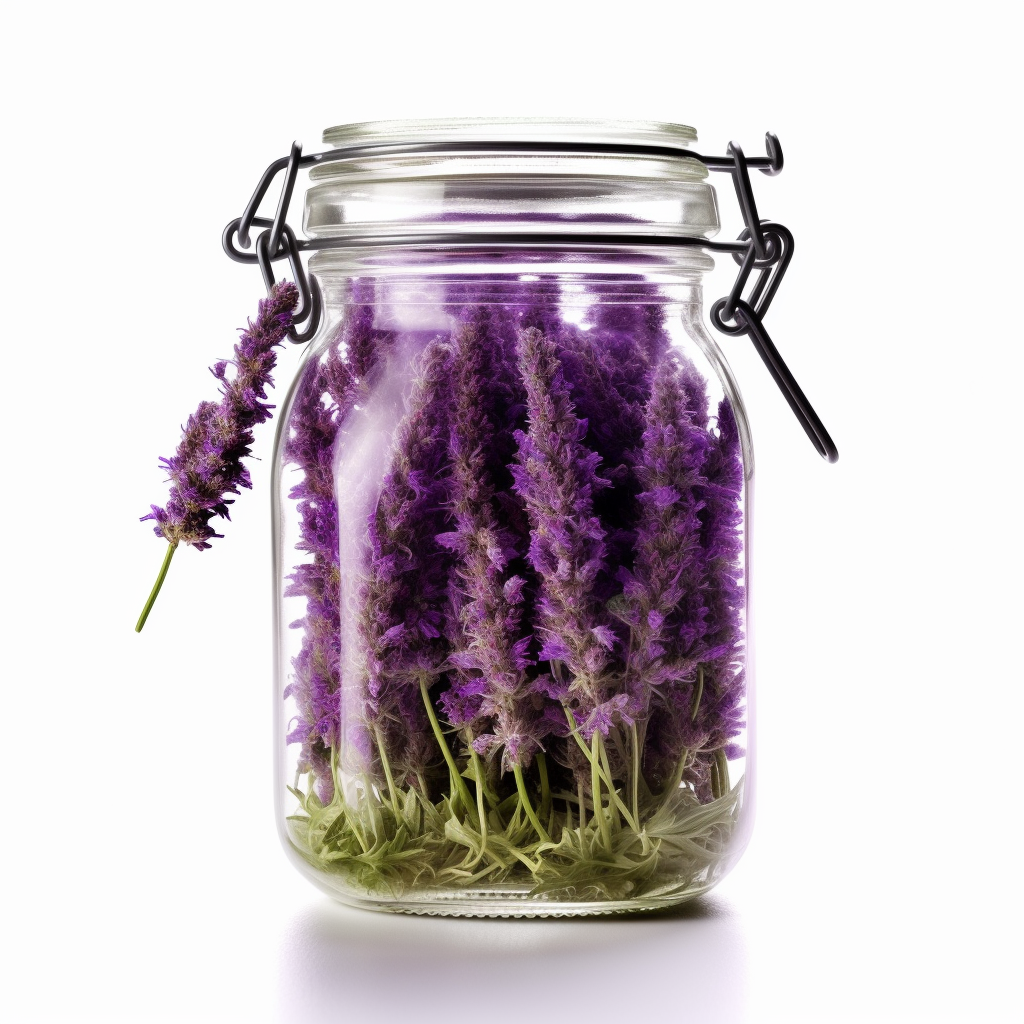The term “purple weed” refers to strains of cannabis that exhibit a dark purple colour in their buds, as opposed to the green hue that is more commonly seen.
The presence of the purple hue in these strains does not, in and of itself, make them more powerful or valuable; however, the colour can make them more aesthetically pleasing, which can contribute to their popularity.
The pigments known as anthocyanins, which are found in a wide variety of plants and are responsible for the coloration of foods such as blueberries, red grapes, and aubergines (eggplants), amongst other things, give these strains their distinctive purple hue.
The expression of these pigments in cannabis is susceptible to being affected by a variety of variables, including the following:
- Genetics: The ability for the plant to have a purple colouring is strongly influenced by the plant’s genetic makeup. Some strains have a genetic predisposition that makes them more likely to produce large levels of anthocyanins, which leads to a greater potential for purple coloration.
- Temperature: Temperatures that are cooler, particularly during the late flowering period, can increase the development and expression of anthocyanins in the plant. Growers who want to boost the amount of purple pigmentation in their plants might consider reducing the temperature in their grow facilities during the last weeks before harvest.
- pH Levels The acidity or alkalinity of the soil, as measured by the pH level, can also have an effect on the synthesis of anthocyanin. The intake of nutrients can be affected by different pH levels, which can potentially have an effect on colour expression.
There is no discernible difference between green weed and purple weed in terms of the effects they produce. It is not possible to tell the amount of THC or CBD, the presence of other cannabinoids, or the terpene profile of cannabis based on the colour of the flower of the plant. These are all important aspects that define the effects that cannabis will generate.

These features are governed by the genetic make-up of the plant in question as well as the environment in which it was grown.
Having said that, the presence of purple blooms on a cannabis plant does not necessarily indicate that it is more powerful or effective than a plant with green flowers.
Although there are certain purple strains that are highly potent or have affects that are desirable, it is also true that there are numerous green strains that have these qualities.
When selecting a cannabis strain, it is vital to take into consideration variables other than colour alone, despite the fact that the colour purple might be visually appealing. Always look at the precise cannabinoid and terpene profile of the strain you want to use, and think about how that profile aligns with the effects you want.

